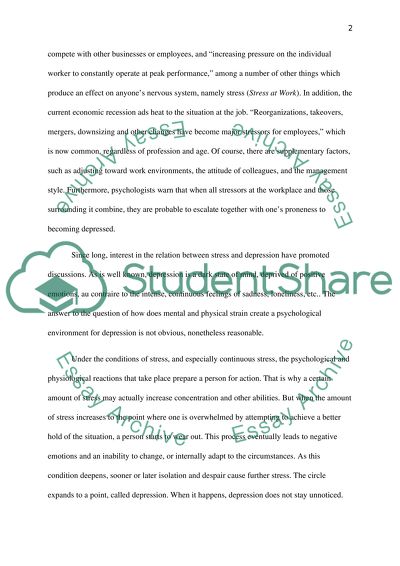Cite this document
(“THE PSYCHOLOGY OF INDIVIDUAL & ORGANISATIONAL HEALTH Essay”, n.d.)
Retrieved from https://studentshare.org/miscellaneous/1561984-the-psychology-of-individual-organisational-health
Retrieved from https://studentshare.org/miscellaneous/1561984-the-psychology-of-individual-organisational-health
(THE PSYCHOLOGY OF INDIVIDUAL & ORGANISATIONAL HEALTH Essay)
https://studentshare.org/miscellaneous/1561984-the-psychology-of-individual-organisational-health.
https://studentshare.org/miscellaneous/1561984-the-psychology-of-individual-organisational-health.
“THE PSYCHOLOGY OF INDIVIDUAL & ORGANISATIONAL HEALTH Essay”, n.d. https://studentshare.org/miscellaneous/1561984-the-psychology-of-individual-organisational-health.


